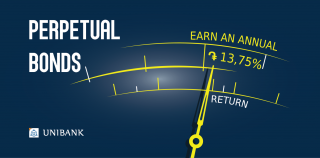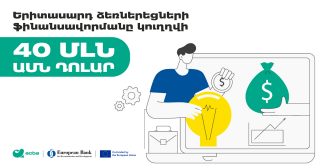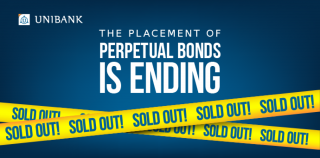
Illegal billions have no impact on our report

In December 2013 the Global Financial Integrity published a report entitled “Illicit Financial Flows from Developing Countries: 2002-2011,” according to which in 2002-2011 outflow of illegal money from Armenia amounted to $6.2 billion.
In fact this slammed the Armenian government, which has committed to follow a policy of economic reforms, improving Armenia’s positions in international rating reports. The government explains the reduction of investment volumes in Armenia with global financial crisis and other related processes, and they assure that the adoption of a pension fund reform will help them to generate long money to fuel the economy. In fact billions have been taken out of this country, which needs every dollar so much.
State officials have been reluctant to comment on the information published by GFI and said it is not possible.
“The existing financial data do not let us make such assumptions, and it does not reflect the real situation in our country,” said finance minister Davit Sargsyan in January and added that he did not agree with the statements in that report.
The Central Bank of Armenia is the institution that is primarily responsible for fighting money laundering. 168 Zham has asked the Central Bank to comment on the information in the report above, according to which during ten years the illegal outflow of money from Armenia amounted $6.2 billion. In answer to this question we received the following answer from the Central Bank’s PR department: “The Central Bank of Armenia fights against legalization of money acquired through illegal means and publishes annual reports and information about it. During the recent years the volumes of money transfers by individuals and legal entities that are not banks are close to each other. For example, in 2013 the inflow of money transfers by non-bank legal entities and individuals was $8,497 million, and the outflow was $8,400 million. In a condition of 97 million dollars extra circulation the Central Bank bought 72 million dollars from the market last year.”
According to the RA Central Bank’s financial monitoring annual report 2012, during the year only two accusations were brought money laundering, resulting in the imprisonment of two individuals. The cases were brought for embezzlement through computer software. The dynamics of cases brought for money laundering is positive. For example, in 2010 the number of criminal cases was 13, in 2011 – 10, and in 2012 – 9. According to a decree of the CB, the amount of frozen money in 2012 was approximately AMD 23 million. The amount of money subject to confiscation as a result of criminal cases was AMD 12.2 million.
We asked if there was any cooperation between the Central Bank of Armenia and the Global Financial Integrity, and where this organization took that information in the report from. The Illicit Financial Flows from Developing Countries: 2002-2011 report was published by Global Financial Integrity organization, in collaboration with Ford Foundation and Financial Transparency Coalition, which are private non-for profit organizations. These are research organizations, and they have not cooperated with the RA Central Bank to obtain data.
It is natural that the Central Bank would not publish in reports any amount that have illegally been taken out of the country by the authorities and their trustees; otherwise the Central Bank would have to struggle against them. Oligarchs and representatives of the political elite of Armenia do not keep their money in Armenia, and there is no need to prove this.
While the authorities are trying to dodge off the responsibility for the data published in the report of GFI, the society expresses solidarity with the organization and supports their findings. In a previous publication we have cited a statement by Policy Forum Armenia saying that the “PFI’s report is a brilliant attempt to evaluate what is known by everyone, including international institutions, state officials of other countries and bodies that deal with money laundering; the report openly presents the data and methodology behind it.” According to the PFI’s report, the mentioned $6.2 billion dollar amount is not unrealistic for Armenia, if not very conservative. According to the PFA’s evaluation, annually the amount of budget loss (as a result of unpaid taxes and inefficient expenses) is 7% (in 2012, for example, it is $750 million). As 60% of the Armenia’s GDP is under the umbrella of the political elite, which is the main source of financial outflow, this amount is realistic.
By Gayane Khachatryan























